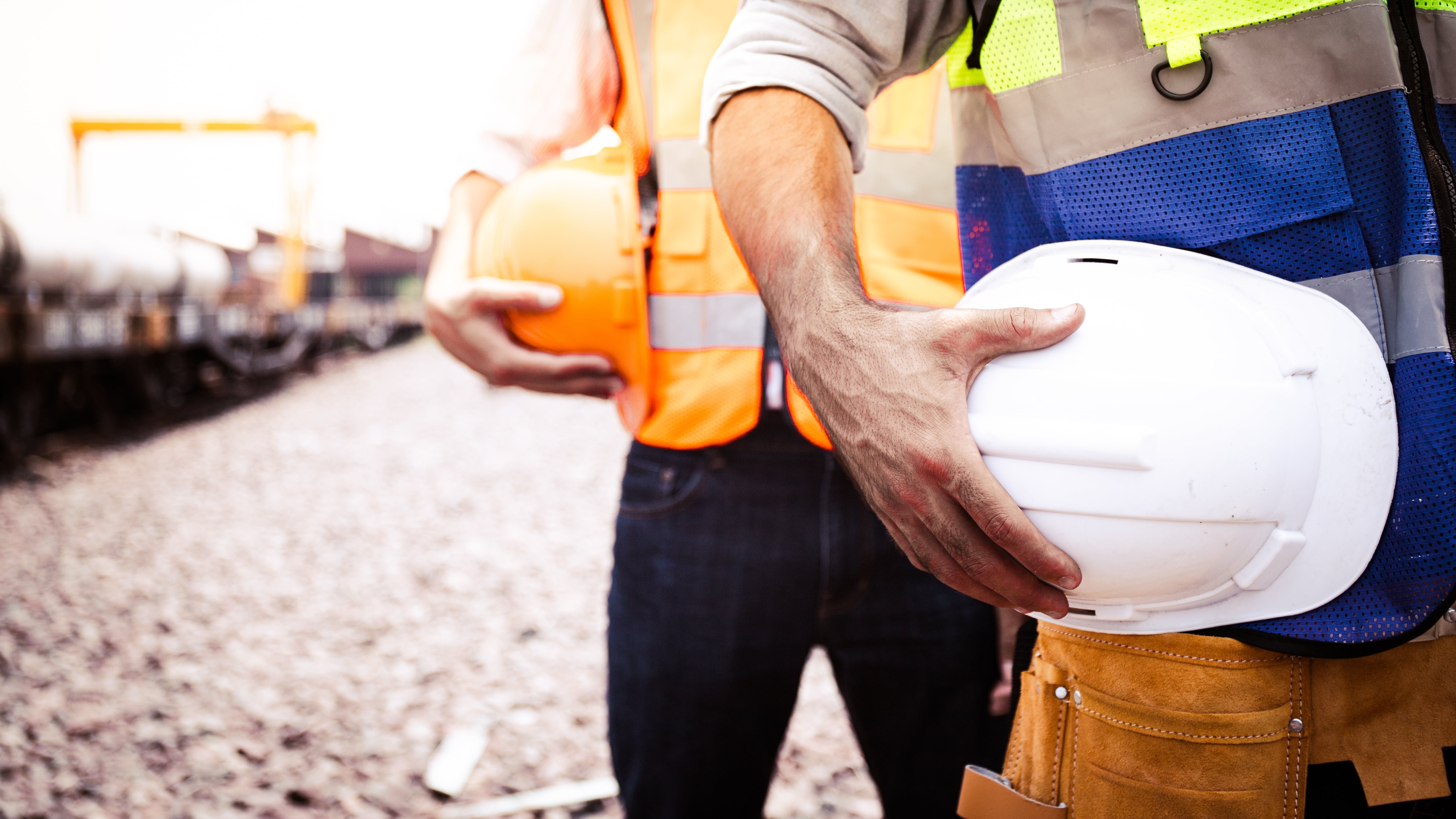Travelling by train is one of the safest ways to get around, and Britain’s railway is one of the safest in Europe. This achievement is the result of over two centuries of continuous improvements in rail safety. From its unregulated beginnings, the railway industry has regularly introduced new safety laws and legislation, ensuring that passengers and workers are increasingly protected.
In this article, we explore the key milestones that have shaped the development of rail safety over the past 200 years.
The first century: regulating the railway
For its first 15 years, the rapidly expanding rail network operated without regulation. This lack of oversight led to frequent accidents:
- In 1828, steam locomotive boilers exploded twice on the Stockton and Darlington Railway, killing one person each time.
- At the opening of the Liverpool and Manchester Railway in 1830, the famous locomotive Rocket struck and killed a man.
- Throughout the 1830s, several railway workers died after falling from trains, and in 1835, 10 workers died when the Watford Tunnel collapsed.
- 1840 saw an unprecedented number of fatal accidents.

Victorian laws
In response to growing dangers, the Railway Regulation Act (1840) became the first piece of legislation to regulate the railway system. It required companies to give a month's notice before the opening of new railways and established Railway Inspectors to check the construction and equipment of new railways. Further laws required railway companies to maintain fences and keep crossing gates closed for safety purposes.
In 1871, the Regulation of Railways Act was introduced, this gave inspectors the authority to investigate accidents, a significant step towards safer railways.
Workers organise for safety
Workers formed the first railway trade union, the Amalgamated Society of Railway Servants (ASRS) in 1871, who demanded better safety standards such as automatic coupling, continuous braking and track lookouts.
However, railway companies opposed these safety reforms, arguing that most accidents were due to worker error and reforms were too costly. In 1900, Parliament passed the Railway Employment (Prevention of Accidents) Act, however, it proved insufficient, prompting the government to investigate its limitations.
The Workmen's Compensation Act (1906) required employers to compensate workers or their families in the event of death or injury, giving employers a financial incentive to maintain safer workplaces. In 1913, Great Western Railway launched the Safety Movement campaign which aimed at educating workers on hazards and safety practices.
The second century of rail
Safety advancements continued to be crucial in the second century of rail. In 1916, Britain's biggest rail disasters occurred in Quintinshill when a multi-train crash killed 230 people and injured 246.
The 20th century saw the introduction of several technological innovations that enhanced safety. In 1925, the track geometry train was introduced to inspect tracks, points and junctions for faults. Signals became more interlocked and automated, and level-crossing mechanisms were made safer.

Learning from accidents
While technological advancements have helped, accidents continued to prompt safety reforms. In October 1952, three trains collided at Harrow and Wealdstone, killing 112 people.Another collision occurred in Lewisham in December 1957, claiming 90 lives.
These accidents led to the introduction of the Advanced Warning System, which altered train drivers about red signals ahead. In November 1967, a train derailed at Hither Green, killing 49 people; this prompted the introduction of the Continuous Welded Rail which eliminated the type of rail joints that caused the disaster.
By the mid-20th century, it was clear that rail safety had to move from reactive to proactive measures.
1974 Health and Safety at Work Act
In 1974, the government passed the Health and Safety at Work Act, a landmark law that remains the foundation of workplace safety today. The law defined responsibilities for both employers and employees, and established the Health and Safety Executive to enforce regulations.
The Act paved the way for further regulations such as the Railways and Other Guided Transport Systems (Safety) Regulations (ROGS) which continue to improve safety standards.
Preparing for privatisation
technological advances continued in the 1980s with innovations like solid state interlocking which made signalling systems more reliable and gauging trains, which used lasers to measure safe distances for trains passing through structures. Despite these new measures a crash outside Clapham Junction station in December 1988 killed 35 people and injured over 400. The accident was caused by a wiring fault and highlighted the need for better worker training and infrastructure maintenance.
In the run-up to railway privatisation in the 1990s, concerns grew over the impact of cost-cutting measures on rail safety. Reductions in government funding led to increased pressure on British Rail to cut costs, resulting in a leaner workforce and greater reliance on subcontractors. This fragmentation of responsibilities raised safety risks that a focus on efficiency could undermine safety standards.
The turn of the century
The privatisation era began with a multi-fatality crash in September 1997, when an InterCity 125 collided with a freight train at Southall, killing six people. Two years later, at Ladbroke Grove, another crash killed 31 people.
The incidents reopened the debate on Automatic Train Protection, a safety system that prevented trains from running past red signals. The previous government had rejected the system due to the cost, however, the new Labour government pushed for its implementation, opting for a less expensive alternative: the Train Protection Warning System. Additionally, the creation of the Rail Safety and Standards Board helped to establish uniform safety practises in the industry.
Despite improvements, infrastructure maintenance failures caused fatal crashes at Hatfield in 2000 and Potters Bar in 2002, leading to the replacement of Railtrack with the new state-owned body Network Rail.

Making the railway safer
In recent years, there has been a steady decline in national rail incidents and fatalities across Britain’s railway. The safety landscape has changed significantly, thanks to continued innovation and regulation.
However, in the pursuit of greater train safety, the industry can not be complacent.
Current safety challenges
Although progress has been made, there are still challenges to address railway safety:
- Many people feel concerned about their personal safety when travelling.
- Accidents can occur while boarding or alighting from trains.
- The removal of guards from some train services has caused safety concerns.
- Fatal accidents at level crossing remain a serious issue.
- Track workers still face risks on the job.
- If infrastructure maintenance regimes deteriorate, this may lead to future accidents.
- Mental health and fatigue are increasingly recognised as safety risks for rail workers.

Stay safe with Avanti
Avanti West Coast is always striving to improve train safety. Our Take Care. Get There campaign has reduced passenger accidents, with a 44% decrease in slips, trips and falls.
Our safety advice to railway enthusiasts, includes advice on following railway safety rules and railway byelaws.
Our efforts have earned Avanti West Coast the Safeguarding on Rail Scheme accreditation, recognising our commitment to protecting vulnerable passengers. While there is still work to be done, we continue to focus on safety, working hard to make every journey safer.














